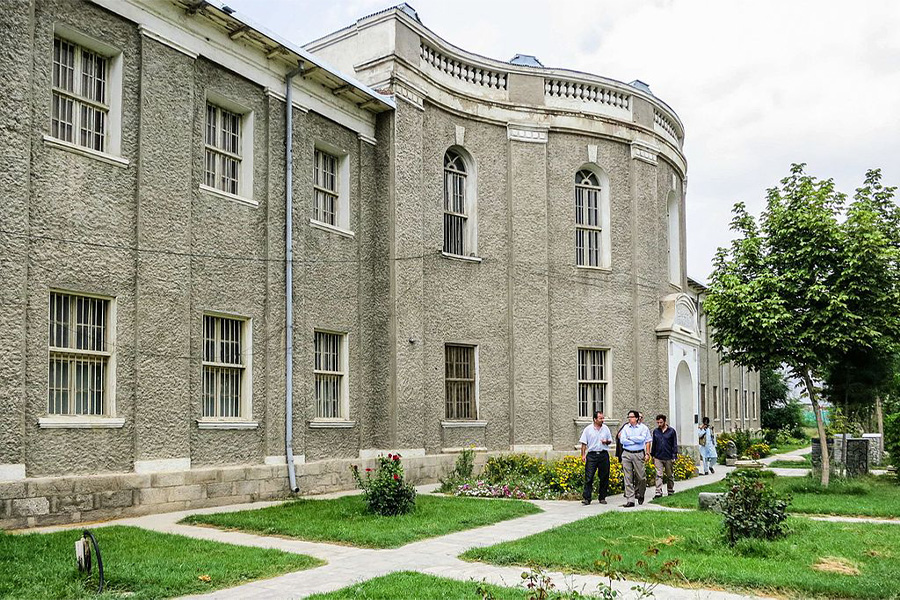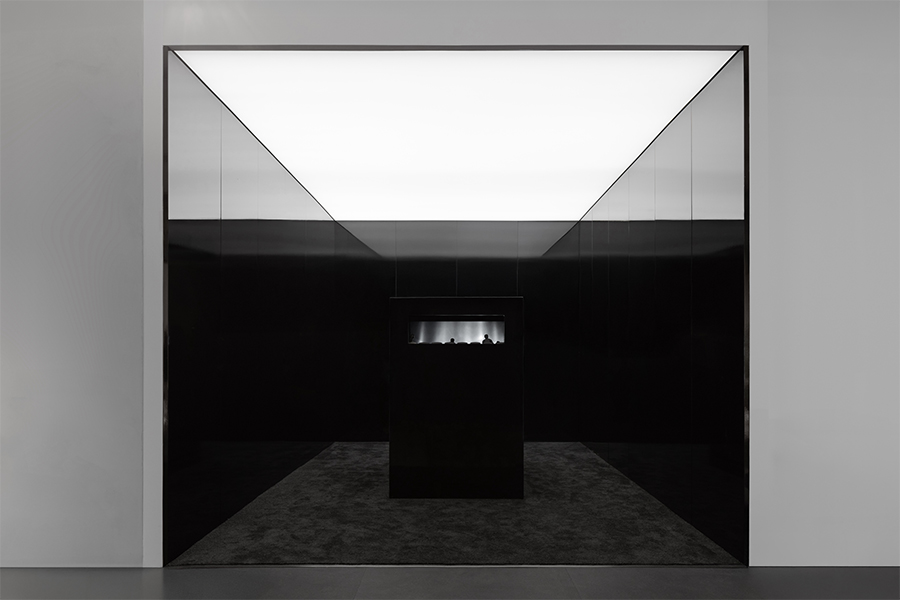Video game Minecraft now offers a virtual library of censored books and articles, the Taliban poses a threat to Afghanistan’s ancient artifacts, and AIA California addresses the issue of climate change. All that and more in this week’s Five on Friday.
Afghan cultural institutions in jeopardy

The National Museum of Afghanistan in Kabul; photo courtesy of Wikimedia Commons
After weeks of violence, the Taliban has successfully ousted Afghanistan’s U.S.-backed leadership and assumed control of all key cities in the Middle Eastern country. Amid myriad uncertainties, the fate of key cultural institutions like the National Museum of Afghanistan, which is home to 800,000 artworks and artifacts, remains in jeopardy. In addition to museums in the Herat citadel or Kandahar, sites like Kabul’s Mes Aynak—which contains one of the most notable Buddhist monasteries in Central Asia—and its 10,000 cultural artifacts like stupas and statues, await new protocols. As of publication, no reports have emerged confirming the Taliban’s direct interference with or destruction of artwork or artifacts, but group leaders issued orders in February to “protect, monitor, and preserve” relics, end illegal excavations, and safeguard ‘all historic sites,’ according to Artforum. The sale of artifacts on the art market will also be banned under Taliban rule.
AIA California declares climate emergency

Following a damning climate forecast made public by the United Nations earlier this month, AIA California has responded with the declaration of a climate emergency. In a call to action, the AIA California Board demands California architects acknowledge a variety of design-related climate truths, including the imperative to achieve zero carbon design, changing building codes, and the urgency to enact to radical changes now. The declaration also urges members to sign on to commit to criteria like supporting statewide goals to reach carbon neutrality by 2035 and increase the use of grid-based renewable energy to 90 percent by 2030. Advocacy to phase out fossil fuels, implement new water conservation technology, and endorse the human right to housing are also emphasized.
A library of censored journalism opens in…Minecraft

Nonprofit group Reporters Without Borders (RSF) has unveiled the Uncensored Library, a virtual repository launched within the video game Minecraft to provide players access to censored books and articles. Supported via blockchain cloud storage to avoid government surveillance, the library will afford users in countries including Egypt, Mexico, and Russia access to these writings for the first time, Dezeen reports. Designed in collaboration with creative advertising agency DDB, the concept can be downloaded as an offline map as protection against hackers. Moreover, each time the map is reuploaded, the library will expand. With more 200,000 copies so far in circulation, RSF itself would not even be able to shut down the library.
How can architects help in a disaster?

Haiti after the destruction of an earthquake in 2010
Already in crisis following the assassination of its president Jovenel Moïse last month, Haiti suffered a cataclysmic earthquake of 7.2 magnitude on August 10th that has so far taken more than 2,000 lives and destroyed more than 7,000 homes. As the island nation faces yet another recovery, ArchDaily ponders how architects can be deployed and relied upon for humanitarian relief services in such disasters. The article cites Actuemos Ecuador, a collective of nearly a dozen firms founded to collaborate on planning and reconstruction efforts in Ecuador following a 7.8-magnitude earthquake on its coast in 2016 that killed 650 people and damaged 35,000 buildings. Japanese architect Shigeru Ban is also spotlighted for his use of cardboard in the construction of temporary emergency shelters to inspire architects and others to expand options for building shelters beyond the use of shipping containers or tensioned fabrics.
Partner Spotlight: Durkan

An English upbringing ensconced in the arts of weaving and craftsmanship groomed Mark Page to become the fourth generation in his family to serve in the carpet manufacturing trade. Now senior director of creative design and development for Mohawk Group (Durkan’s parent company), Page chats with HD associate editor Matt Dougherty about the flooring company’s award-winning commercial and hospitality products, including Durkan’s eye-catching Lakir broadloom. Watch the exclusive Partner Spotlight video interview here.
More from HD:
Durkan Highlights Rheo Morph Collection as Part of its Waterways Project
What I’ve Learned Podcast: Naomi Heaton
5 Hotels Remaking the Washington, DC Skyline



